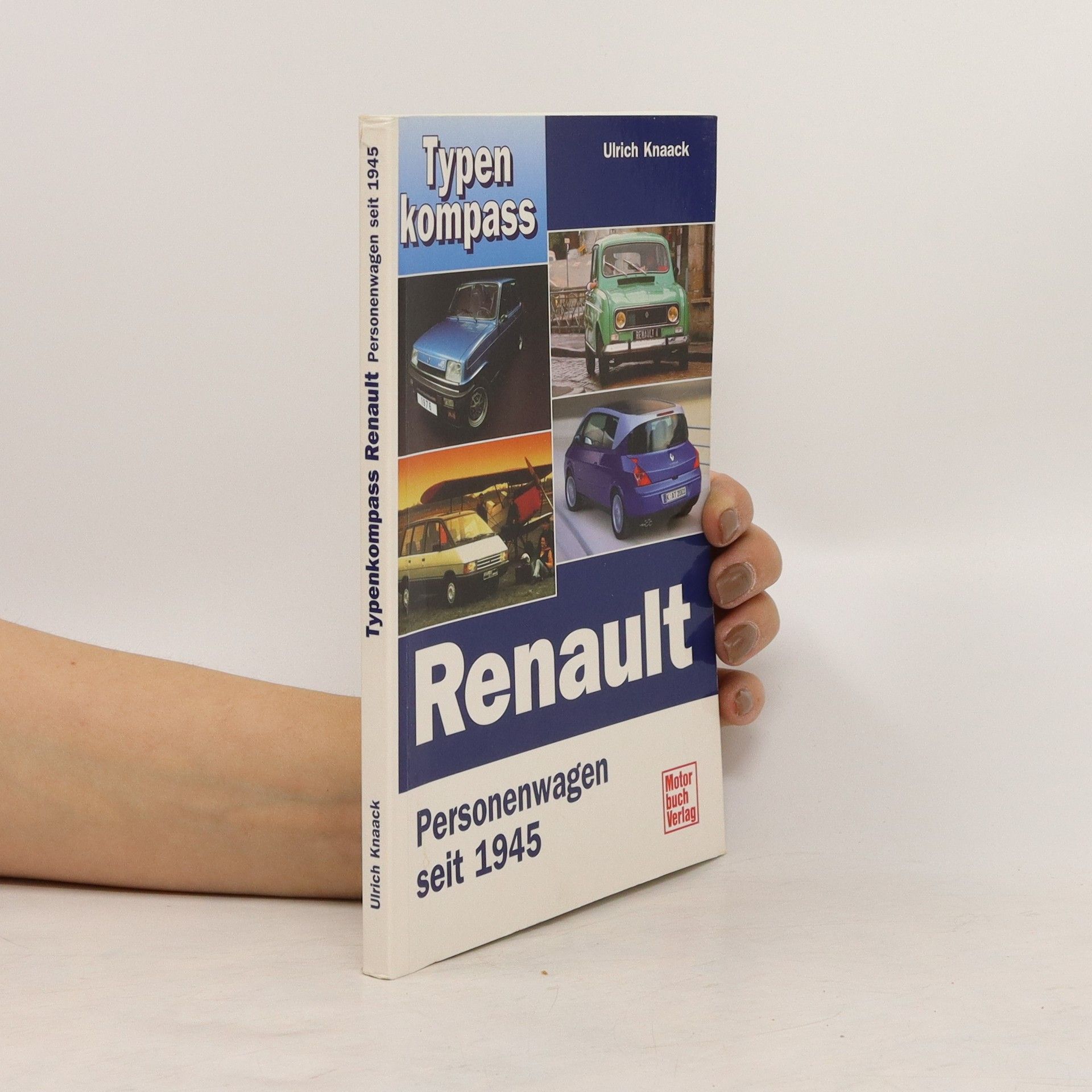Paper and cardboard as sustainable building materials are currently the subject of research and testing in building practice. Properly protected from moisture and fire, the material proves to be strong and durable. This introduction explains the basics and the technology of building with cardboard and paper and shows a wide range of exciting examples.
Ulrich Knaack Books






For a number of years, modular construction – the use of prefabricated elements in architecture – has once again become a subject of lively discussion and debate. Long written off as monotonous, today’s building components are actually highly differentiated and capable of supporting and enhancing the architect’s creativity. Numerous structures work with prefabricated components; for single-family homes the figure is ninety-eight percent, and modular systems are available that meet high aesthetic standards.This book provides an overview of the various different systems and their possible uses, particularly in the areas of housing, office, and industrial buildings. It explains the processes and components of modular construction and the behavior of the various materials when this construction approach is used. The authors offer strategies for planning and designing with prefabricated systems so that the architect can use them productively.Numerous drawings explain the principles of modular construction, while built examples forge a link between those principles and the practical activity of building.
BMW 3er-Reihe 1975-1994
Schrader-Typen-Chronik
Rezension: Eingeführte Reihe des Motorbuch-Verlages, die jeweils die Modellreihen einer Marke mit technischen Daten, einem Foto (überwiegend in Farbe) und einem knappen Text pro Seite vorstellt. Hier die Typen vom 4er bis zum etwas gewöhnungsbedürftigen oder mit Mut zur Form daherkommenden Avantime. Preiswerter Überblick zu einer Marke, die hier seit 1996 ("Renault", ID 19/96) mit keiner Gesamtdarstellung mehr vorkam. (2)
Porsche 924/944/968
- 96 pages
- 4 hours of reading
Vielen ist die Schrader-Motor-Chronik sicherlich noch ein Begriff. Anhand zahlreicher Prospekte und Werbemittel wurden darin die unterschiedlichsten Fahrzeugtypen porträtiert. Hier kommt nun die Nachfolge-Reihe, die Schrader-Typen-Chronik. Sie stellt eine gelungene Mischung aus Elementen der Schrader-Motor-Chronik und der Typenkompasse dar und enthält zusätzliche Informationen wie Testbericht-Faksimile, Presseberichte oder Details zur Modell- und Firmengeschichte. In moderner Aufmachung, stellen diese vier Bände den Einstieg in eine neue, interessante Reihe mit breiter Zielgruppe dar. Freuen Sie sich schon jetzt auf die Fortsetzung!
Die französische Automobilmarke Citroën hat für die Entwicklung des modernen Autos eine große Bedeutung. Mehrfach lösten die Fahrzeuge mit dem Doppelwinkel auf dem Kühler wichtige Evolutionsschritte im Fahrzeug-bau aus. Dabei verband sich die technische Innovation häufig mit einem Schuss Extravaganz in der gestalterischen Umsetzung: Citroën, das war immer auch die Marke für Individualisten mit Freude am persönlichen Stil. Besonders einprägsam waren dabei die seit nunmehr 53 Jahren produzierten Oberklasse-Pkw mit ihrer umfangreichen Hydraulik, vom 6H über DS, SM, CX und XM bis zum heutigen C6. Besonders innovativ zeigten sich die Mittelklassewagen, vom GS/GSA über die Modellreihen BX und Xantia bis hin zum aktuellen C5. Führend in den Verkaufszahlen aber waren stets die überaus populären Kleinwagen, vom minimalistischen 2CV (der legendären „Ente“) und dessen Derivaten (insgesamt rund 9 Millionen Einheiten) über Visa und AX bis zum aktuellen Trio C1, C2 und C3. Dieses Buch stellt alle Serien-Automobile von Citroën seit 1950 mit ihren technischen Daten und den erreichten Produktionszahlen vor. Dazu gehören auch die sehr erfolgreichen leichten Transporter von der Kastenente bis zum modernen Evergreen Berlingo.
Bauen mit Papier
Architektur und Konstruktion
Das natürliche Material Papier ist derzeit Gegenstand der Forschung und Erprobung in der Baupraxis. Es ist kostengünstig herstellbar, besteht aus nachwachsendem Rohstoff und ist vollkommen rezyklierbar. Der Schwerpunkt der Verwendung liegt dabei auf der temporären Nutzung, etwa in Übergangsbauten für Schulen, Notunterkünfte oder „Microhomes". Richtig vor Nässe und Feuer geschützt, erweist sich das Material als fest und haltbar. Und auch der architektonische Anspruch kommt dabei keineswegs zu kurz, wie Beispiele von Pritzker-Preisträger Shigeru Ban zeigen: die Grundschule Chengdu, die Paper Concert Hall in Aquila oder die Cardboard Cathedral in Christchurch waren jeweils ein Zeichen der Hoffnung nach verheerenden Erdbeben. Die Einführung erklärt die Grundlagen des Bauens mit Papier und zeigt spannende Anwendungen.